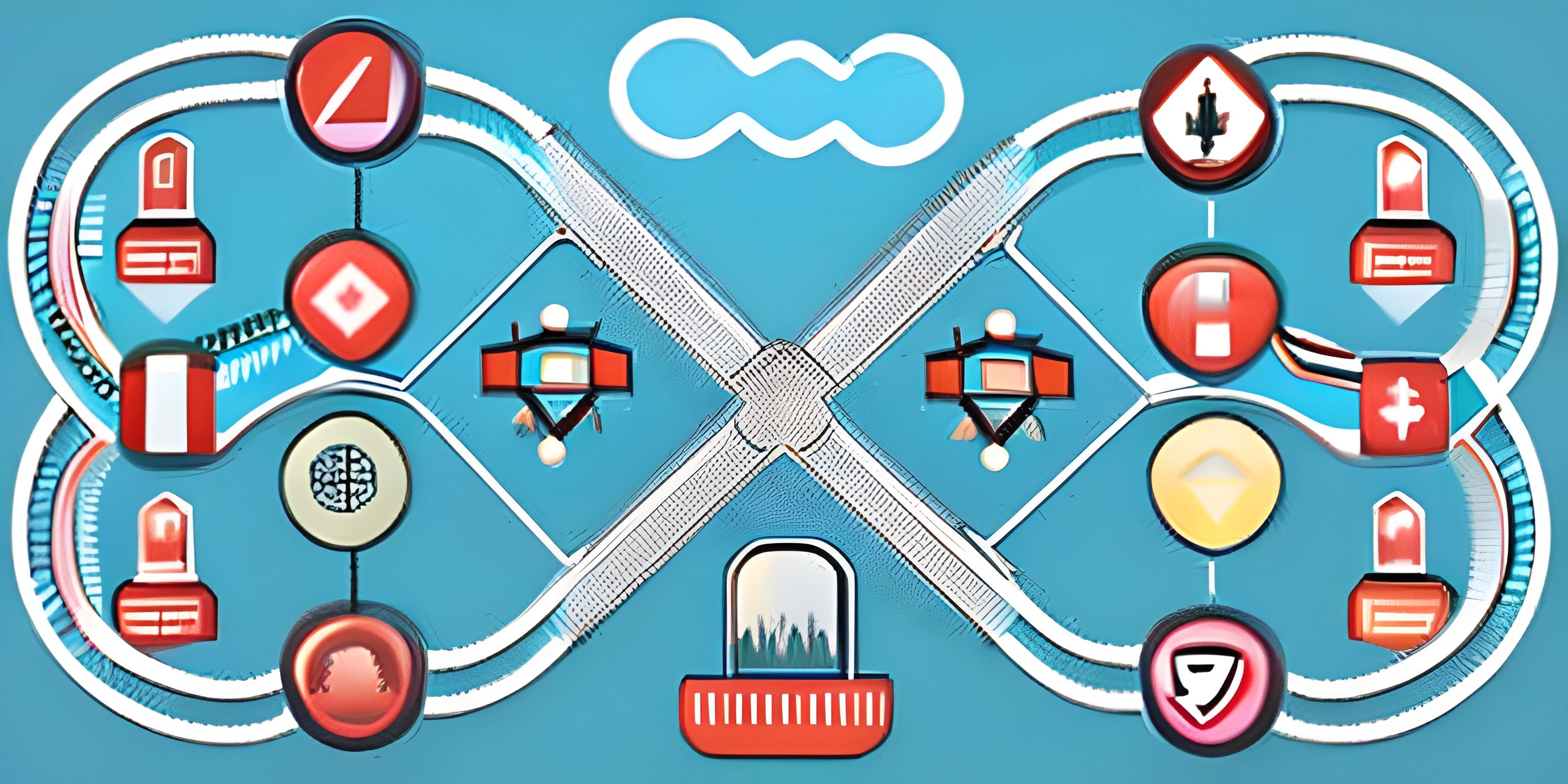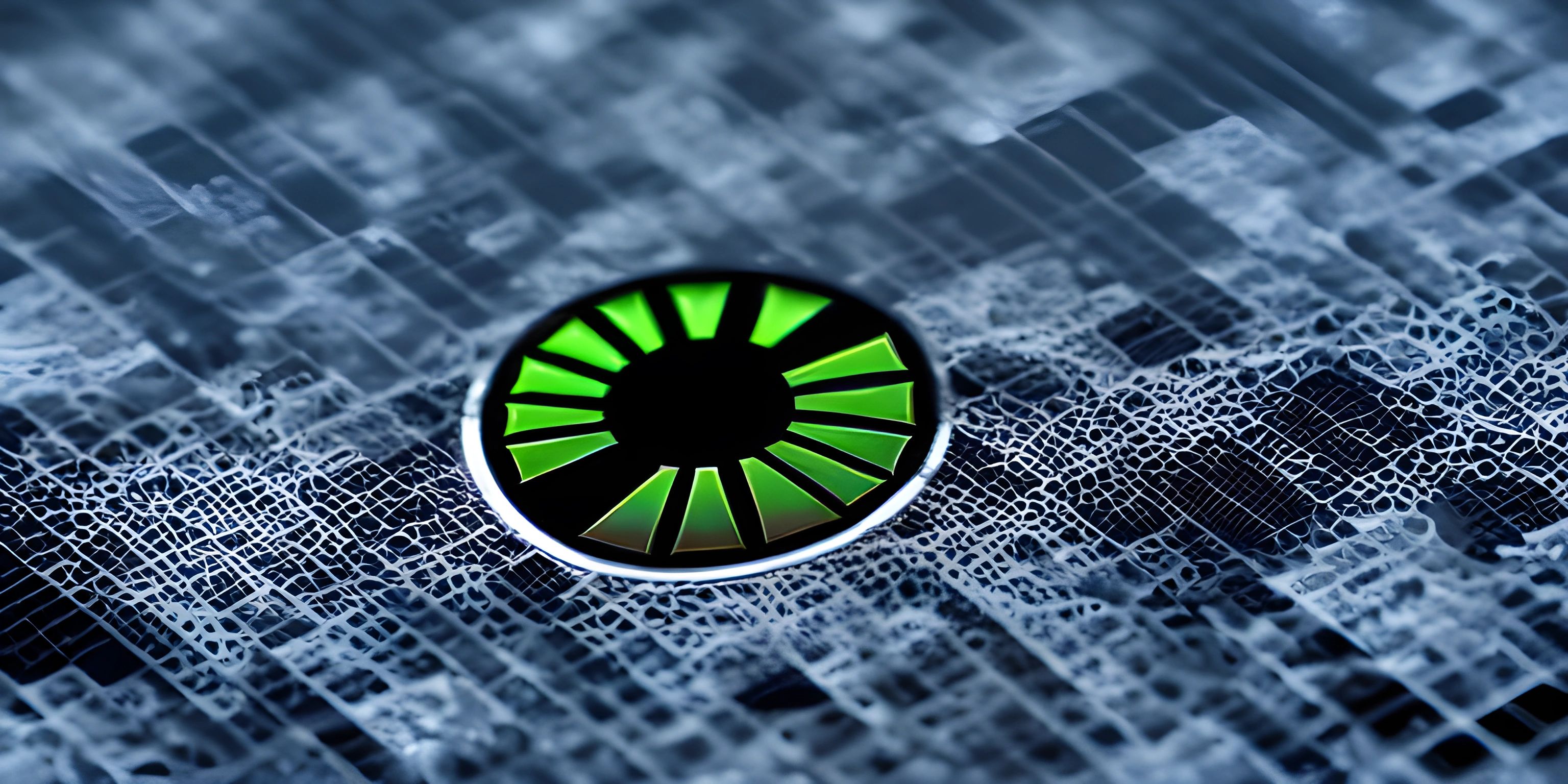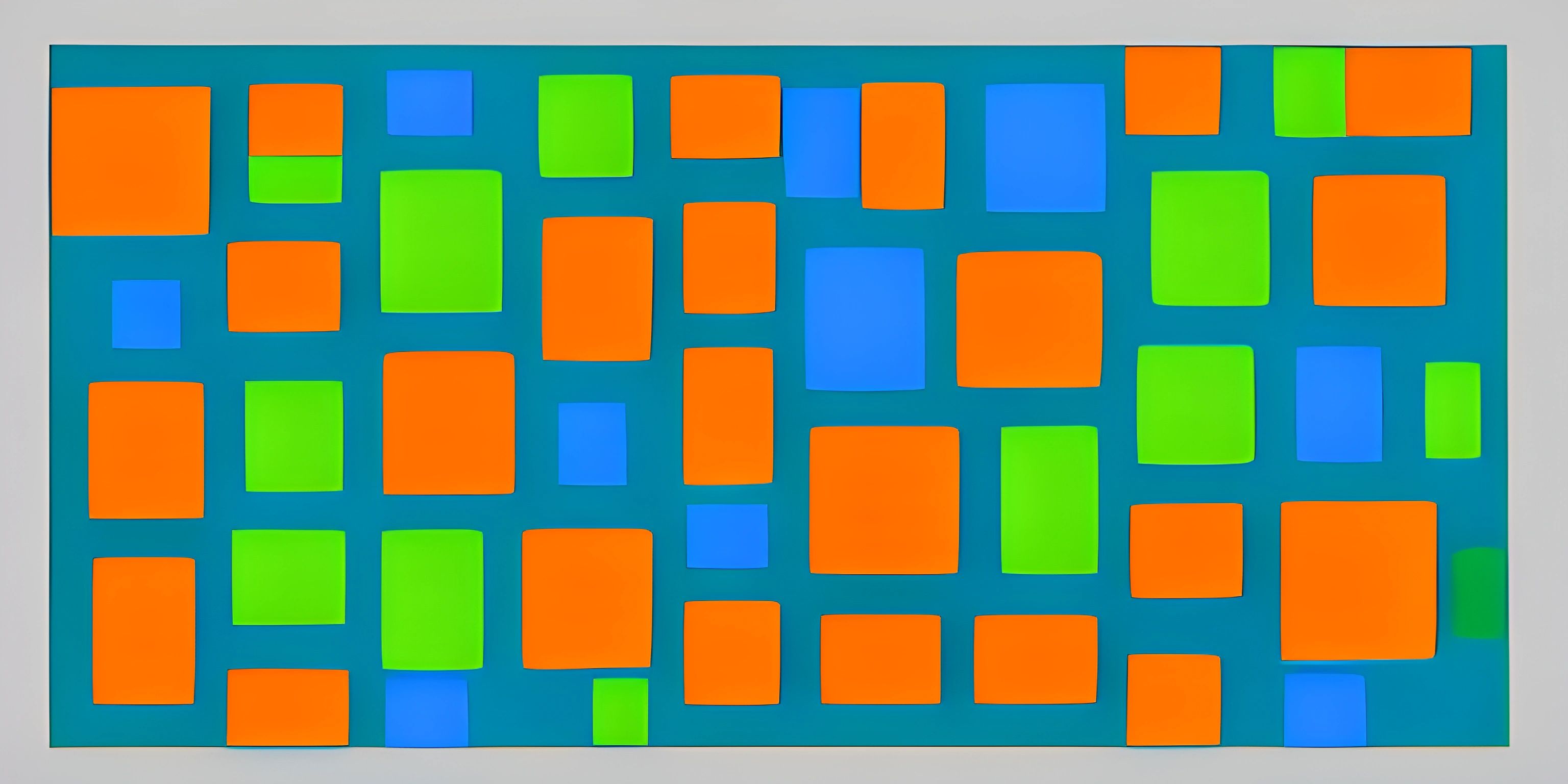Web Development Roadmap

Note: this page has been created with the use of AI. Please take caution, and note that the content of this page does not necessarily reflect the opinion of Cratecode.
Embarking on the journey of web development can feel like diving into an ocean of technologies, languages, and frameworks. Fear not, intrepid explorer! We've crafted a roadmap to help you navigate these treacherous waters and forge your path to web development mastery.
Overview
Web development is generally divided into three main categories:
- Front-end development: It's all about crafting the user interface and experience. It involves designing and creating the visual elements using HTML, CSS, and JavaScript.
- Back-end development: This is the server-side magic that powers all the behind-the-scenes functionality. Common languages include PHP, Python, and Ruby.
- Full-stack development: Full-stack developers wield the power of both front-end and back-end development, working on everything from user interfaces to databases.
Let's break down the steps of this thrilling adventure, starting with front-end development.
Front-end Development
HTML
The HyperText Markup Language (HTML) is the foundation of every website. It defines the structure and elements that make up a webpage. Start by learning the basic HTML tags and how to create a simple webpage.
CSS
Cascading Style Sheets (CSS) breathe life into bland HTML by adding style and flair to your webpages. Learn about CSS selectors, properties, and media queries to create responsive, visually engaging websites.
JavaScript
JavaScript (JS) is the spellbook that grants your webpages interactivity and dynamic content. Learn the basics of JS, including variables, functions, and DOM manipulation to create interactive web experiences.
Front-end Frameworks
Once you've grasped the basics, dive into the world of front-end frameworks. These powerful tools, such as React, Angular, and Vue, help streamline web development and create sophisticated applications.
Back-end Development
Choose Your Language
The back-end realm offers a variety of programming languages. Pick one that resonates with your inner sorcerer, such as Node.js, Ruby on Rails, or Django.
Learn the Framework
Each language has a popular framework that can help you create powerful server-side applications. For example, Node.js is often paired with Express, and Django is the go-to framework for Python web development.
Work with Databases
To create dynamic, data-driven websites, you'll need to learn about databases and how to integrate them into your applications. Popular databases include MySQL, PostgreSQL, and MongoDB.
Full-stack Development
To become a full-stack developer, continue honing your front-end and back-end skills. Learn multiple languages, frameworks, and databases to become a versatile, in-demand developer.
Final Thoughts
This roadmap is just the beginning of your web development journey. As you progress, you'll discover new areas of interest, such as performance optimization, accessibility, and testing. Keep learning, experimenting, and expanding your skills to become a master of the web development realm.
Hey there! Want to learn more? Cratecode is an online learning platform that lets you forge your own path. Click here to check out a lesson: Full-stack Web Frameworks (Next.js) (psst, it's free!).





